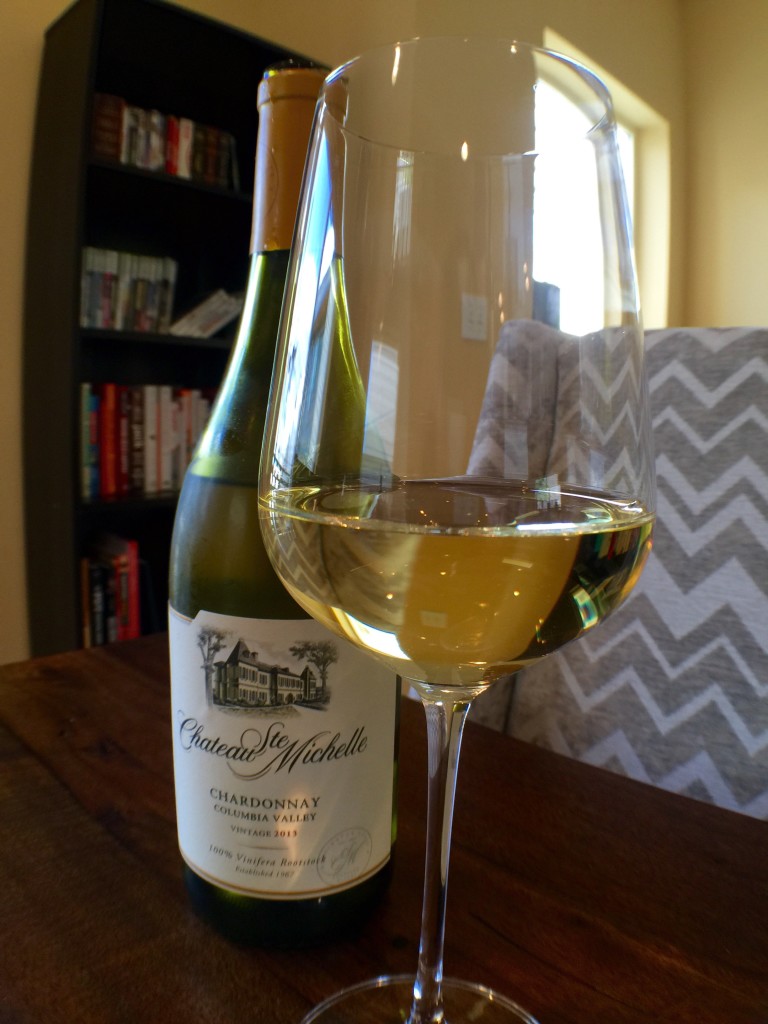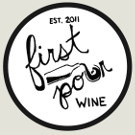
Welcome to the third in a series of back to wine basics posts to help put you on the path to wine success! In our past two, riesling and sauvignon blanc posts, we covered two of the threes white noble grapes. Both are crisp, and have their own unique characteristics. Riesling is light and can be sweet to dry and fruity, while sauvignon blanc is more moderate, and packed with green flavors and gooseberry.
Chardonnay on the other hand starts getting heavy in terms of mouthfeel. While a lot of elements go into mouthfeel, summarizing tasting wines from a mouthfeel perspective is somewhat easy to simplify, using milk:
- Light – Similar to water or skim milk
- Medium – 1% or 2% Milk
- Heavy – Whole Milk to Cream
The principle factors that tend to impact wine body are as follows:
- Tannins – More for red wines thanks to time on the skin, but pips and tannins impact white wine as well.
- Oak Aging – Time in oak adds tannins and other elements that drive body
- Sugar Content – More sugar, more weight
- Alcohol Content – More alcohol, more weight
With that said, the best Chardonnay’s tend to use their weight to lend body to fruit and oak. Many Chardonnays in recent years have forgone the use of oak barrel, leading to more full bodied wines that channel either tropical fruits or Pome Fruits (Apple, Pears, etc). When aged in oak, the best Chardonnays have a tendency to balance the fruit and the oak, mixing vanilla and toast with apples and pineapple. Chardonnay also lends itself well to malolactic fermentation, a process where malic adic is converted to lactic acid (you know, the kind found in milk!). This process changes the body, making it slightly creamy.
Quick Facts on Chardonnay:
Color: White
Style: Dry
Body: Heavy
General Characteristics: Round, Tropical Fruits, Pome Fruits (Apples, Pears, Etc), Good Candidate For Oak Aging
Notable Regions: Australia, California, France (Burgundy, Champagne)
In 2012, Chateau Ste Michelle provided a serviceable example of a gewürztraminer, a spicy white that straddles a line between riesling, viognier, and chardonnay. Washington state riesling can be quite nice (which gewürztraminer can grow well with), but a chardonnay from the same region? Will 2013 Chateau Ste Michelle deliver a great chardonnay experience, or will it leave us wanting.
Sight: Firmly gold, all the way through.
Smell: Pineapple, cream, vanilla, and starfruit all play at the start. A subtle sweetness and toastiness is present, with a background note of pears and lemon curd becomes more prominent throughout.
Sip: Smooth, round, and slightly toasty, there’s a full mouthfeel to it right off the bat. There’s a mild creaminess to the body, and the tropical fruit flavors on the nose tone down, giving way to apples, pineapple, and lemon. Spice plays in the background, and sweetness is minimal, but never gets bitter.
Savor: The ending is a little more on the bitter side, with a hint of creaminess. The flavors lean toward apple, lemon pith, and touches of oak.
Overall, 2013 Chateau Ste Michelle Chardonnay is a nice mix of oak and fruit. The oak adds a toastiness and creaminess, while the fruit is bright and vibrant. While some of the fruit notes have trouble staying consistent between tropical and non-tropical fruit flavors, the balance works in favor of the wine. Chardonnay with oak at this price point is hit and miss, so 2013 Chateau Ste Michelle Chardonnay is a good choice for those looking for a good example at under $10.
Verdict: Toasty, Creamy, Lemon, Tropical
Price: $9.99
Columbia Valley, Washington
